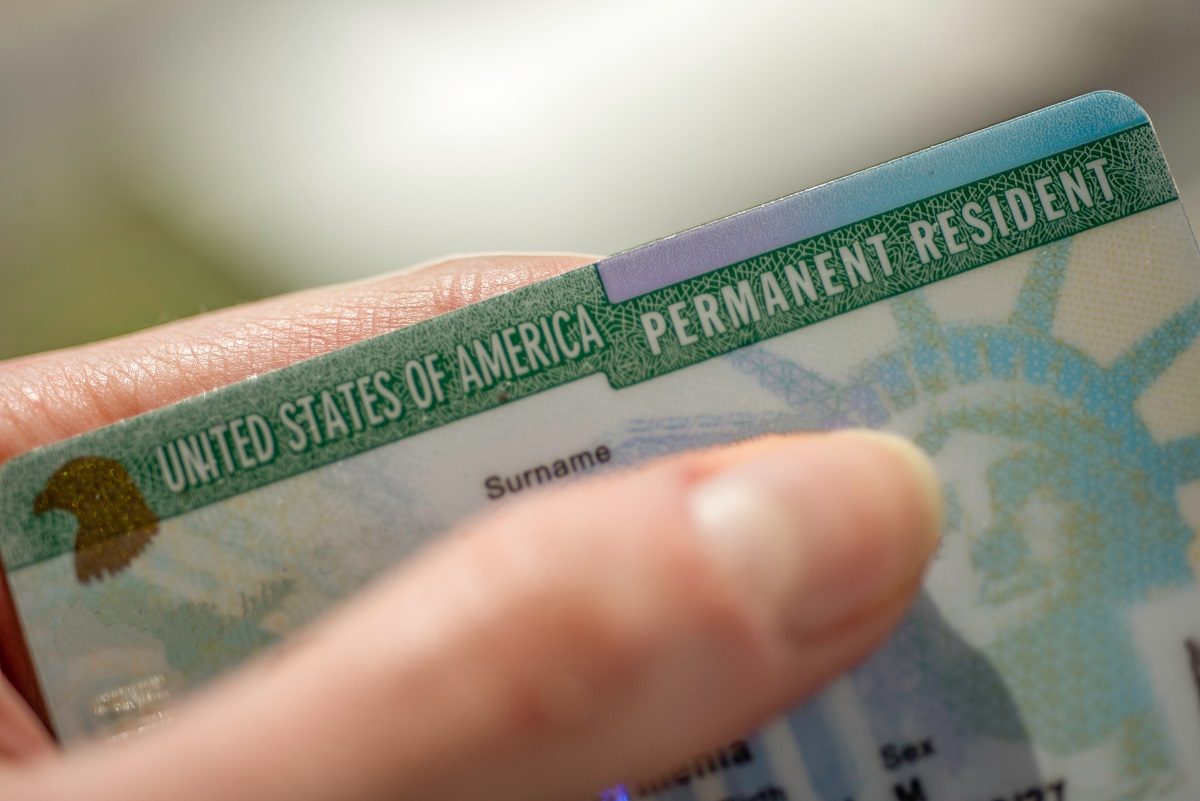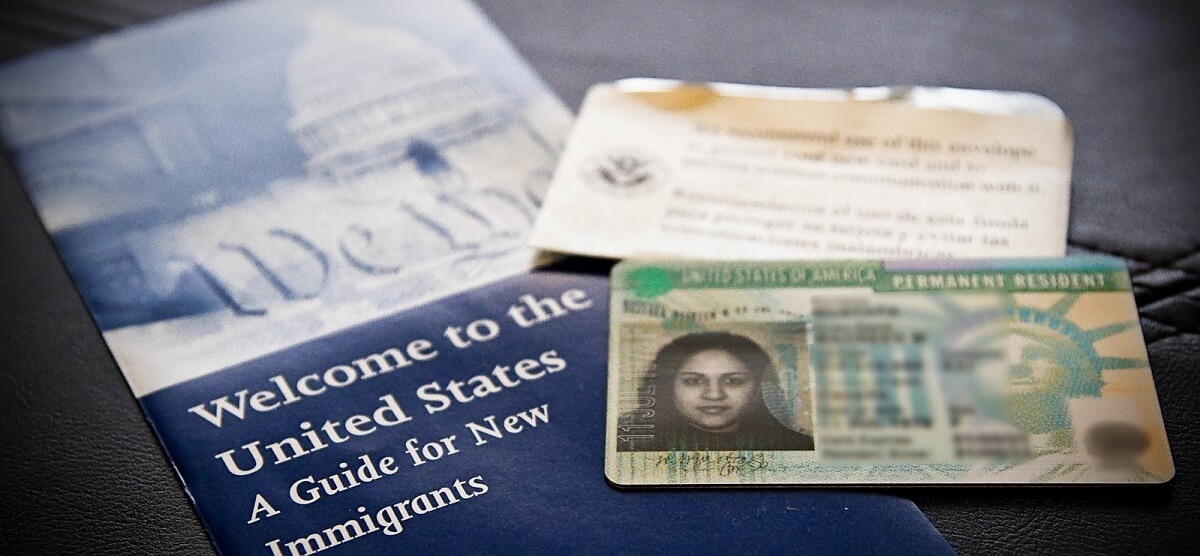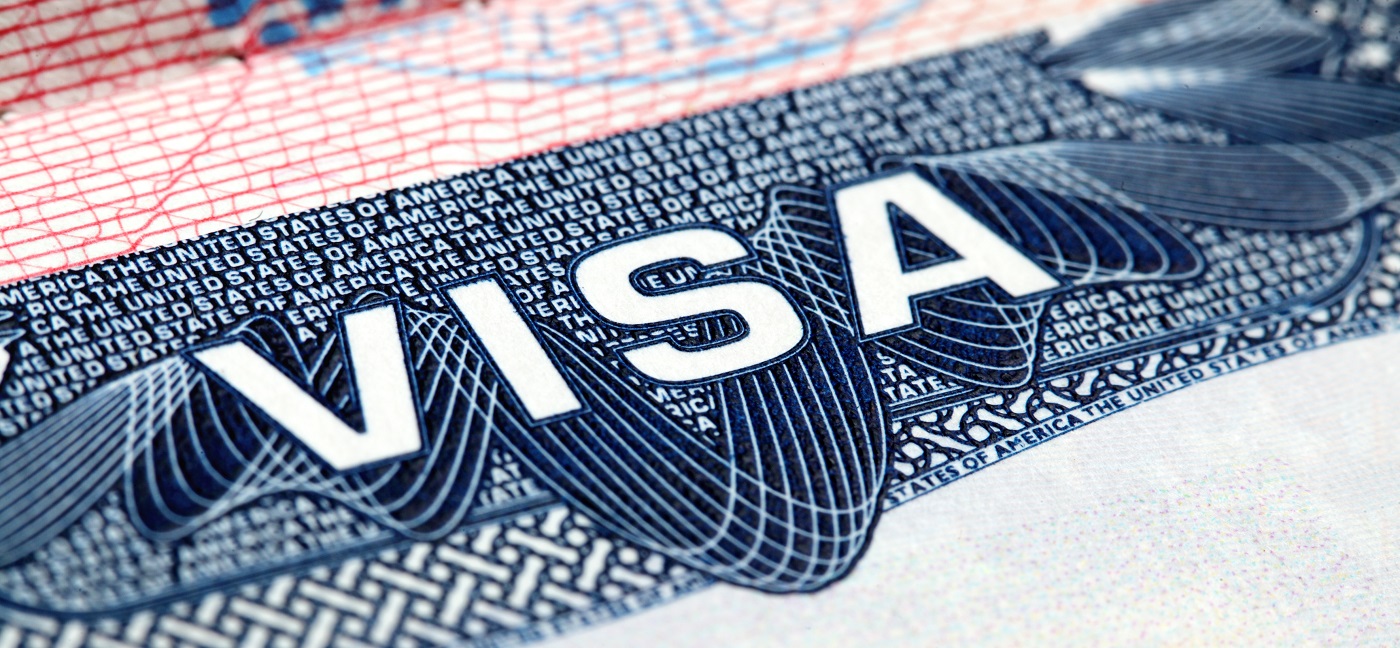
The steps to obtain a family-based green card — officially known as a permanent resident card — vary based on the qualifying family relationship and where you live (inside the United States or outside).
If you would like to petition (sponsor) a family member for a green card or you are a foreign national that wants to permanently move to the United States, this article provides a basic overview of the eligibility categories and family-based green card process.
Family-Based Green Card Categories
It’s helpful to understand that not all green card applications are treated the same way. Most categories must wait for a long period – this is because most categories have a limited number of immigrant visas (green cards) available each year. Typically, "family preference" categories must wait in line for a green card. On the other hand, "immediate relatives" of U.S. citizens have an unlimited supply of green cards – there is no wait.
Foreign nationals must fall into one of these categories in order to become permanent residents through family. In other words, only relatives with qualifying relationships in the immediate relative and family preference categories are eligible for a family-based green card. Here’s how each category is divided. The immediate relative category includes:

Spouse of a U.S. citizen

Unmarried child (under 21 years of age) of a U.S. citizen

Orphan adopted abroad by a U.S. citizen

Orphan to be adopted in the United States by a U.S. citizen

Parent of a U.S. citizen (who is at least 21 years old)
The family preference category for family-based green cards includes:

Unmarried, adult sons and daughters (age 21 or over) of U.S. citizens

Spouses and unmarried children (under age 21) of permanent residents

Unmarried adult sons and daughters of permanent residents

Married sons and daughters (any age) of U.S. citizens

Brothers and sisters of adult U.S. citizens
Green Card for Immediate Relatives of U.S. Citizens
The immediate relative category is for certain qualified relatives of U.S. citizens to come and live permanently in the United States. Eligible immediate relatives include the U.S. citizen’s:
- Spouse
- Unmarried child under the age of 21
- Parent (if the U.S. citizen is over the age of 21)
Because there are an unlimited number of visas for this category, immediate relatives have special immigration priority and do not have to wait in line for a visa number to become available.
Before a U.S. citizen petitions an unmarried child for a green card, it’s important to understand how marriage affects the immigration process. If an immediate relative child under age 21 gets married, he or she can no longer be classified as an immediate relative and will become a “third preference” (F-3) category married son or daughter of a U.S. citizen and a visa would no longer be immediately available.
Green Card for Other Family Members of U.S. Citizens
Family members of U.S. citizens that do not qualify as immediate relatives may fall into another category called the family preference category. Family preference relatives that may be eligible include the U.S. citizen’s:
- Unmarried sons or daughters over the age of 21
- Married child(ren) of any age
- Brothers and sisters (if the U.S. citizen petitioner is over the age of 21)
There is a strict cap on the number of family preference green cards that are issued each year. Thus, family preference green cards generally involve a wait period. Additionally, there are annual per-country limits that cap the percentage of immigrant visas that can be given to individuals from each country. As a result, individuals from countries with high rates of U.S. immigration, such as India, China, Mexico and the Philippines, often experience longer wait times for green cards than individuals from countries with lower rates of U.S. immigration.
Green Card for Family Members of a Permanent Resident
All eligible family members of a permanent resident are put into the family preference category. A permanent resident is not able to petition parents, siblings, or married children. A permanent resident may only petition:
- Spouse
- Unmarried child (any age)
Again, there is a strict cap on the number of family preference green cards that are issued each year. Thus, family preference green cards generally involve a wait period. Additionally, there are annual per-country limits that cap the percentage of immigrant visas that can be given to individuals from each country. As a result, individuals from countries with high rates of U.S. immigration, such as India, China, Mexico and the Philippines, often experience longer wait times for green cards than individuals from countries with lower rates of U.S. immigration.
Get Priority — Become a Citizen
A permanent resident can sometimes upgrade the I-130 petition and expedite the process by becoming a U.S. citizen. Once the petitioner becomes a U.S. citizen, the priority will improve. For example, a spouse’s category will improve from F-2 to IR-1 when the permanent resident becomes a U.S. citizen. A green card is immediately available for an IR-1 spouse.
Unmarried Sons and Daughters
Unmarried sons and daughters of permanent residents need to be aware of how marriage affects their ability to immigrate to the United States. If an unmarried son or daughter of a permanent resident gets married prior to becoming a permanent resident, he or she no longer qualifies for permanent residence through the permanent resident family member. There is no visa category for a married child of a permanent resident.

How to Apply for a Family-Based Green Card
Once immigration officials approve the I-130 petition and/or an immigrant visa is immediately available, there are two basic ways to apply for a family-based green card: adjustment of status or consular process.
Adjustment of Status
The adjustment of status path can only be used by certain immigrants that are already in the United States. Generally, this is limited to immediate relatives of U.S. citizens that are in the United States on a valid nonimmigrant visa and entered through lawful means. For example, a foreign student from Colombia and U.S. citizen get married. The Colombian spouse can immediately adjust status (provided that he/she is still in valid status with the student visa). Or, the Chinese parent(s) of a U.S. citizen with a tourist visa is visiting a son in the United States and make the decision to relocate to the U.S. permanently. The parent can adjust status to a permanent resident (green card holder).
Adjustment of Status Forms
An adjustment of status application package involves several forms that are “filed concurrently” with U.S. Citizenship and Immigration Services (USCIS). In other words, the following forms are submitted together in one package:
- Form I-485, Application to Adjust Status
- Form I-130, Petition for Alien Relative
- Form I-130A, Supplemental Information for Spouse Beneficiary (if relative is a spouse)
- Form I-864, Affidavit of Support
- Form I-693, Report of Medical Examination and Vaccination Record
- Form I-765, Application for Employment Authorization (optional)
- Form I-131, Application for Travel Document (optional)
Although the visa petition (Form I-130) may be filed first, most people choose to concurrently file the forms (file both at the same time) to expedite the process. The petitioner prepares Form I-130, and the green card applicant prepares Form I-485. Form I-130 establishes that the petitioner has a qualifying relationship with the new immigrant. It also requests that a green card be reserved for the immigrant. Form I-485 is a request for USCIS to adjust the applicant’s temporary nonimmigrant visa to a permanent immigrant visa (green card).
A Word of Caution
When the United States grants a foreign national a visitor visa (B-2) or most other non-immigrant visas, it does so with your promise that you intend to depart by the time it expires. If, however, you use a non-immigrant visa as a way of gaining entry with the actual goal of adjusting status, the U.S. government considers this visa fraud. In this circumstance, the government may deny a green card application based on the misuse of the non-immigrant visa. It can also lead to long-term immigration problems.
You should not travel to the U.S. on a non-immigrant visa with the preconceived intention of filing Form I-485. This is considered a misuse of the visa and the family-based green card application will likely be denied. However, it would be appropriate to file Form I-485 if you entered with a non-immigrant intent and your plans changed during the course of the trip.
Consular Processing
Immigrants who are inside or outside the United States may use the consular processing path. Through this path to a green card, the immigrant applies for the family-based green card through the U.S. embassy or consular offices in a foreign country.
In most cases, a family preference applicant will use consular processing because of the wait. For example, a foreign student from Colombia and U.S. permanent resident get married. Once the foreign student’s visa expires, he or she must leave the United States if the green card is not yet available. The foreign spouse must wait outside the U.S. until the green card is available and then apply through the U.S. consular offices in Colombia. Or, the Chinese brother of a U.S. citizen with a tourist visa is visiting in the United States and makes the decision to relocate to the U.S. permanently. The brother will most likely have to return to China when the tourist visa expires. Staying beyond the expiration date will likely result in the denial of a green card and create significant immigration problems in the future.
Consular Processing Forms
Consular processing requires similar forms (as compared to adjustment of status). However, the forms are filed at various stages in the process. The forms include:
- Form I-130, Petition for Alien Relative
- Form I-130A, Supplemental Information for Spouse Beneficiary (if relative is a spouse)
- Form DS-260, Application for Immigrant Visa and Alien Registration
- Form I-864, Affidavit of Support
First, the U.S. citizen or permanent resident must prepare and file the Form I-130 (and Form I-130A if applicable). This visa petition establishes that the petitioner has a qualifying relationship with the intending immigrant. Once USCIS approves the petition and the immigrant visa is available, the immigrant can file the DS-260 (immigrant visa application), affidavit of support, and other paperwork at the local U.S. embassy or consular offices.
This is a simplified overview of the processes to obtain a green card through family. In actuality, additional steps and several other forms will be required. These steps and forms can vary based on the qualifying family relationship mentioned above the path taken to obtain the green card. For more information about green card wait times and trade offs of the two paths, go to Consular Processing vs Adjustment of Status.
Family-Based Petition Processing Times
Under the current U.S. immigration law, Congress limits the number of family preference green cards that the government may grant each year. Thus, the annual quota (numerical limit) on each category combined with limits for each country, can create significant waits for some categories.
To see what happens after filing Form I-130 processing and the estimated wait time for an immigrant visa, visit Form I-130 Processing Time.
Within each category, USCIS processes the I-130 petition on a first-come, first-served basis. So it is important to get onto this wait list early. It is extremely important that the petitioner file a well-prepared Form I-130 package that is free of errors and inconsistencies. This is how CitizenPath helps.
Costs of Green Card Through Family
Government fees can vary significantly for a family-based green card. For example, at the time of writing this article, the adjustment of status path should be expected to cost about $1,760. The consular processing is generally a little less expensive and may cost over $1,200. See this cost comparison.
However, the above fees do not include other expenses which you may incur in the process. Medical examinations and required vaccinations may cost additional. Other costs may include: translations; photocopying charges; fees for obtaining the documents you need for the immigrant visa application (such as passport, police certificates, birth certificates, etc.); and expenses for travel to the U.S. embassy or consulate for your visa interview.
What’s more, legal fees may be significant. If the petitioner or beneficiary of the green card have ever had previous immigration violations or an arrest record, it’s highly advisable to use the services of an experienced immigration lawyer. Applicants with straight-forward cases can use the services of CitizenPath to prepare a complete application.
About CitizenPath
CitizenPath provides simple, affordable, step-by-step guidance through USCIS immigration applications. Individuals, attorneys and non-profits use the service on desktop or mobile device to prepare immigration forms accurately, avoiding costly delays. CitizenPath allows users to try the service for free and provides a 100% money-back guarantee that USCIS will approve the application or petition. We provide support for the Immigrant Visa Petition (Form I-130), Adjustment of Status Application (Form I-485), and several other immigration services.
Note to Reader: This post was originally published on December 20, 2016, and has been modified with improvements.
Want more immigration tips and how-to information for your family?
Sign up for CitizenPath’s FREE immigration newsletter and
SAVE 10%
on our immigration services
















